China claiming to have developed wild new plasma tech that can make aircraft invisible
- Chinese scientists have created a plasma stealth device to take military aircraft off the radar
- It focuses on shielding key areas – instead of an entire aircraft
- It could be a game-changer for military aircraft that currently rely on radar-absorbent coatings and geometric designs for stealth
Published on Feb 26, 2024 at 8:15 PM (UTC+4)
by Amelia Jean Hershman-Jones
Last updated on Mar 06, 2024 at 2:14 PM (UTC+4)
Edited by
Alessandro Renesis
The future is now as China has developed new plasma tech that promises to make aircraft invisible, according to reports.
The new stealth plasma device works by targeting a specific area rather than the entire aircraft.
Scientists and engineers developed the device specifically for military aircraft.
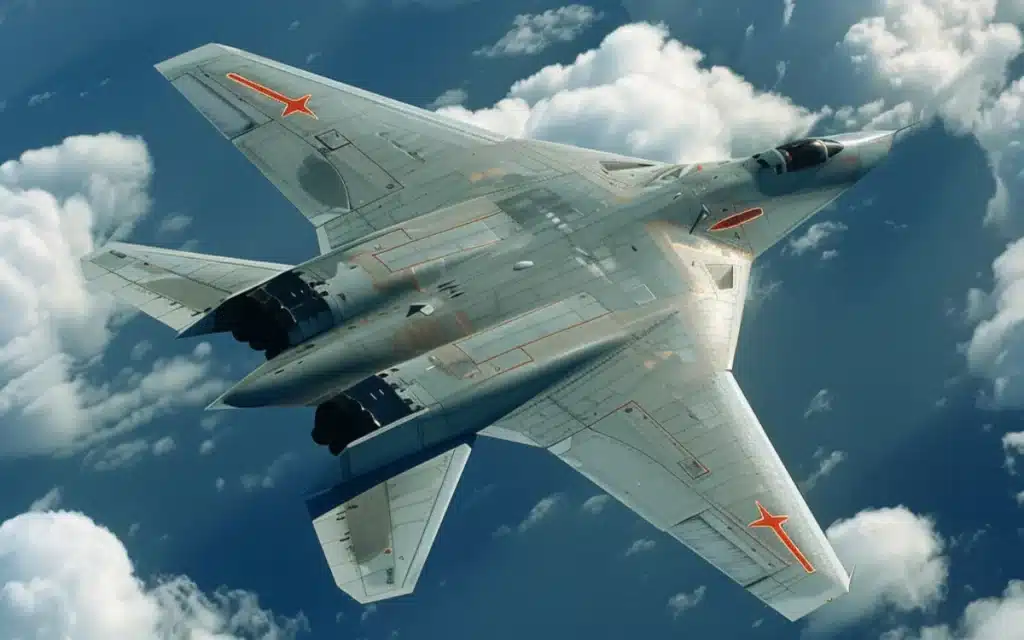
READ MORE! US Military were forced to investigate an unidentified balloon, make strange finding
The new technology was reported on by the South China Morning Post.
It comes just months after Canada revealed an invisibility cloak.
Tech is also moving closer to making superyachts and other vehicles invisible too.
It’s claimed that the new Chinese tech is capable of rendering any military aircraft undetectable by radar.
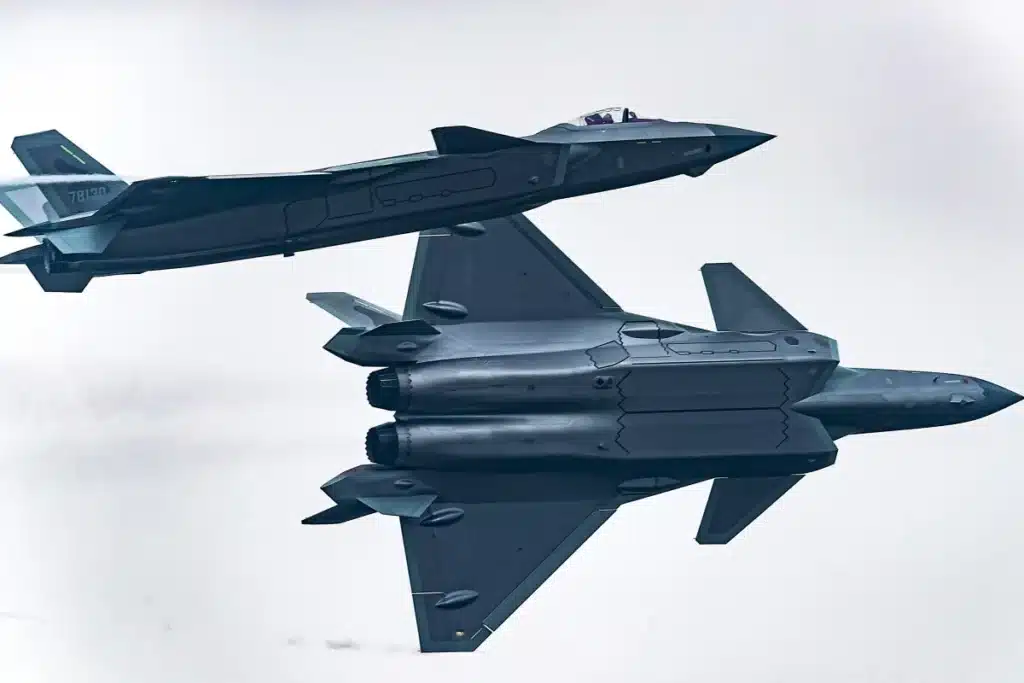
Older iterations of the tech for the F-22 Raptor or the B-2 Spirit created a plasma ‘blanket’ to cover the entire aircraft.
They used radar-absorbent coatings and geometric designs for stealth.
However, the “closed electron beam plasma stealth device” works by targeting the plane’s radar dome, cockpit, or another part of the craft.
This can make the aircraft invisible on a radar screen and, key to its success, can be activated quickly to deceive radar operators.
Plasma stealth technology has been researched for decades.
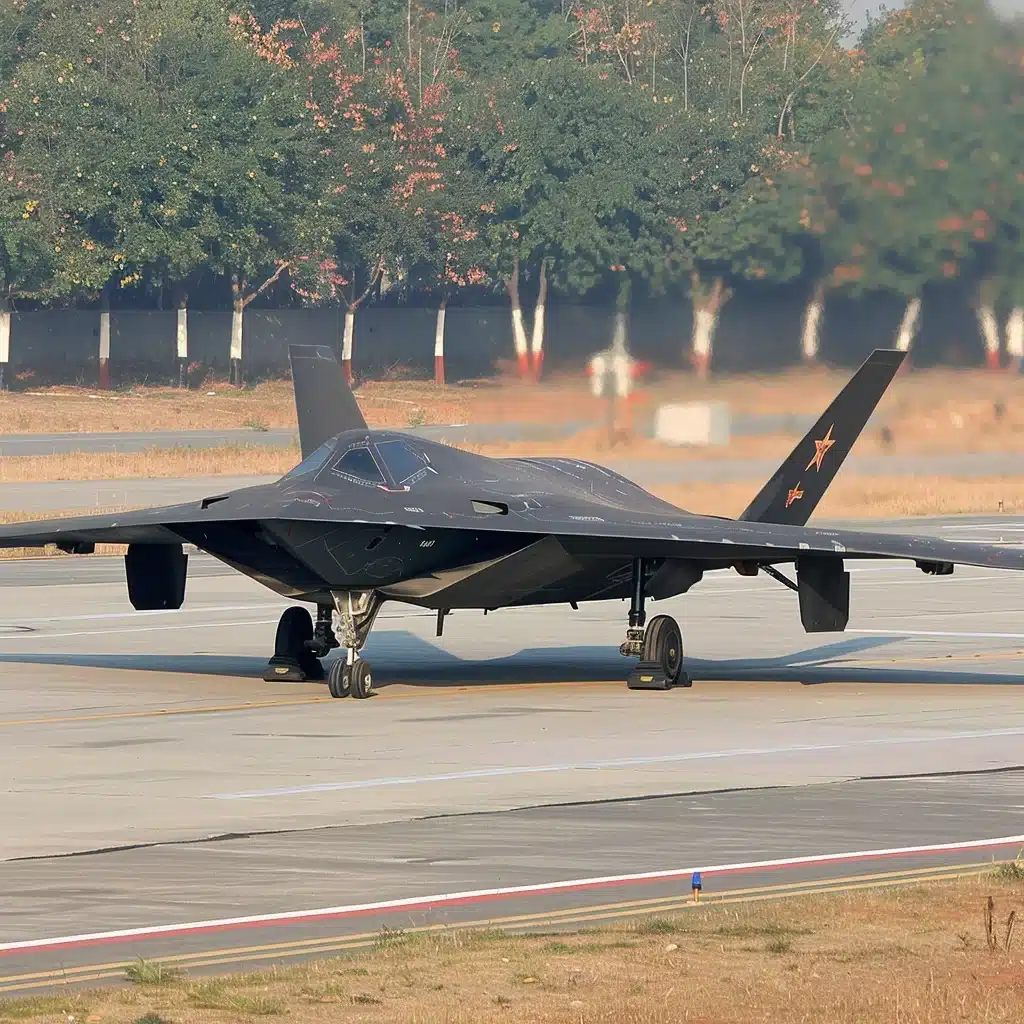
However practical implementation is still a source of ongoing debate within the research and defense community.
Challenges include the energy needed to sustain the plasma, control its density and distribution, and ensure compatibility with the aircraft.
It works by reducing the detectability or radar cross-section (RCS) of an aircraft.
It does this using ionized gas or plasma.
It forms a plasma cloud in the air in front of an incredibly fast hypersonic vehicle or weapon – like an aircraft going at Mach 5+.
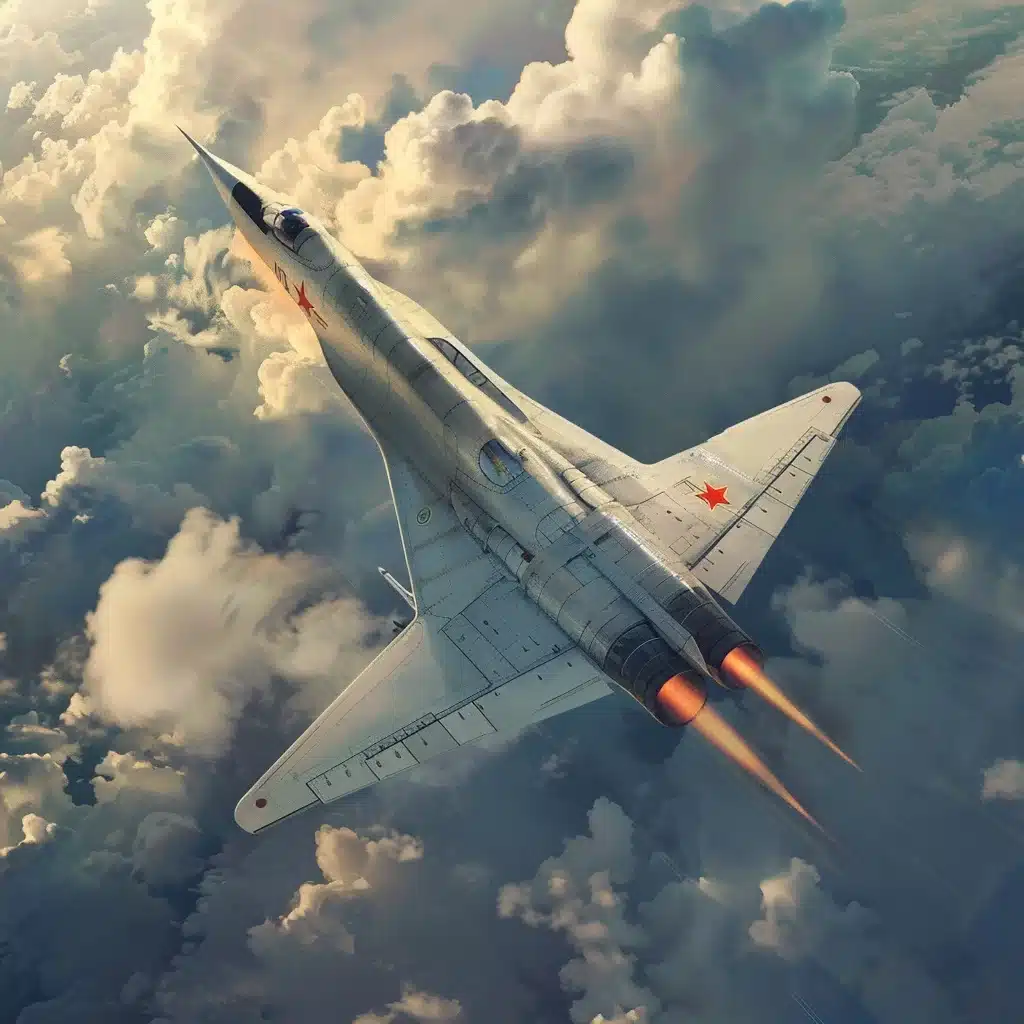
This cloud absorbs or disrupts radar waves – effectively hiding the object from radar systems.
Tan Chang, a scientist working on the project, highlighted the straightforward design, adjustable power range, and high plasma density of the new technology.
Tan and his colleagues from the Plasma Technology Centre of the Xian Aerospace Propulsion Institute, suggest that this innovative solution could be used on military aircraft.
Two types of plasma stealth devices were tested.
One coats radar-prone areas with a radioactive isotope, emitting rays to ionize the air and create a dense plasma layer scattering radar signals.
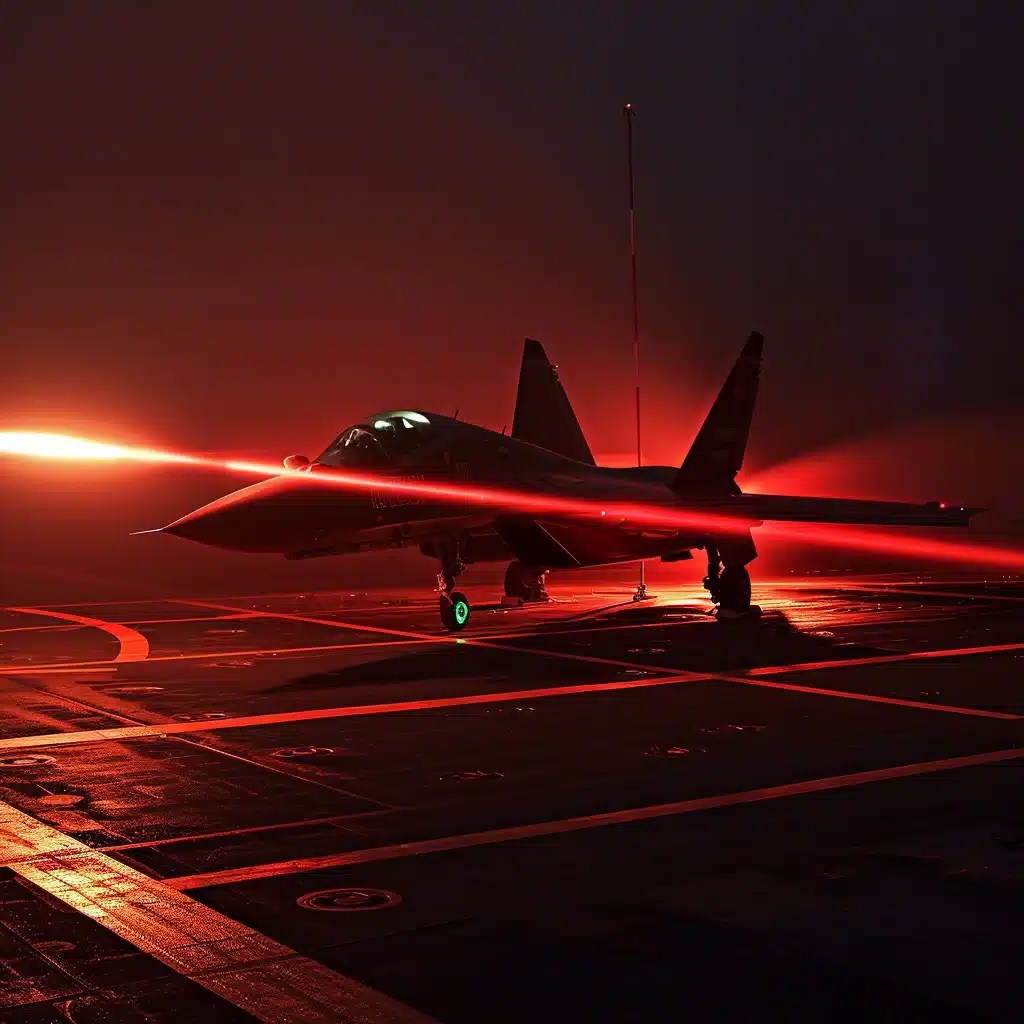
The other uses high-frequency electricity to ionize the gas outside the aircraft, forming a plasma region.
“Both methods have been flight-tested and proven successful,” wrote the team.
Tan’s team devised a device using electron beam discharge to generate large areas of confined plasma.
This approach separates the plasma from the generator, allowing more flexibility in designing cavities to suit different aircraft structures.
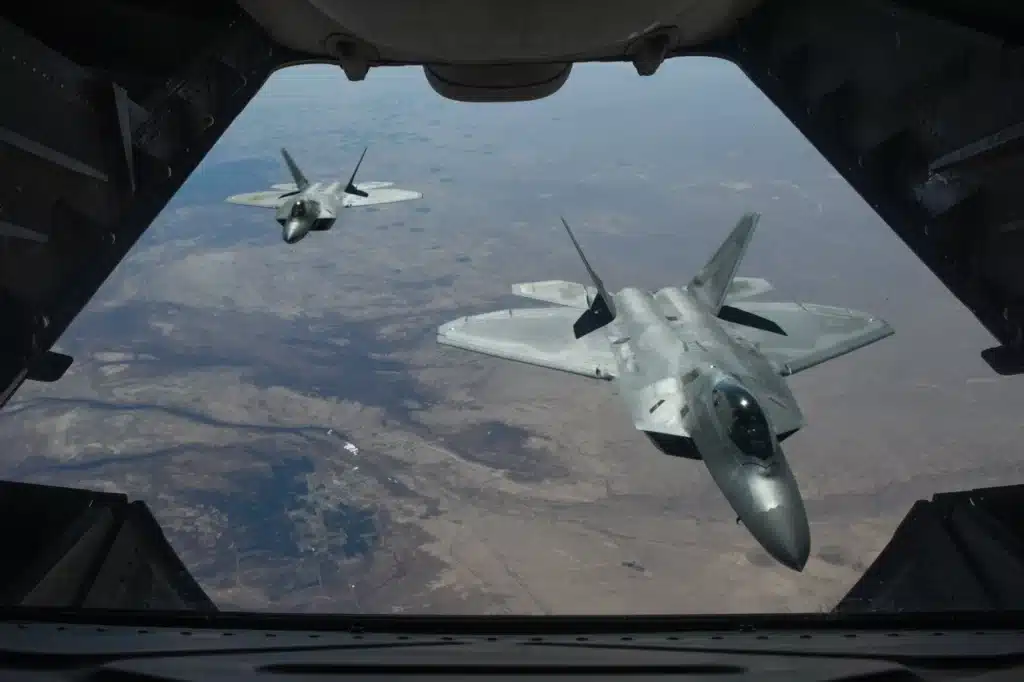
The team noted that plasma generated by electron beams offers better adjustability, energy efficiency, reduced power requirements, and lighter weight, making it more practical.
Tan and his colleagues added that the tech would be implemented by the Chinese military “soon”.
DISCOVER SBX CARS: The global premium car auction platform powered by Supercar Blondie

London-based Amelia cut her journalistic teeth covering all things lifestyle, wellness, and luxury in the UK capital. Fast-forward a decade and the senior content writer and editor has put pen to paper for glossy magazines, busy newsrooms, and coveted brands. When her OOO is on from writing about cars and heading up on-site SEO you can find her spending quality time with her young family, in the gym, or exploring the city she loves.




